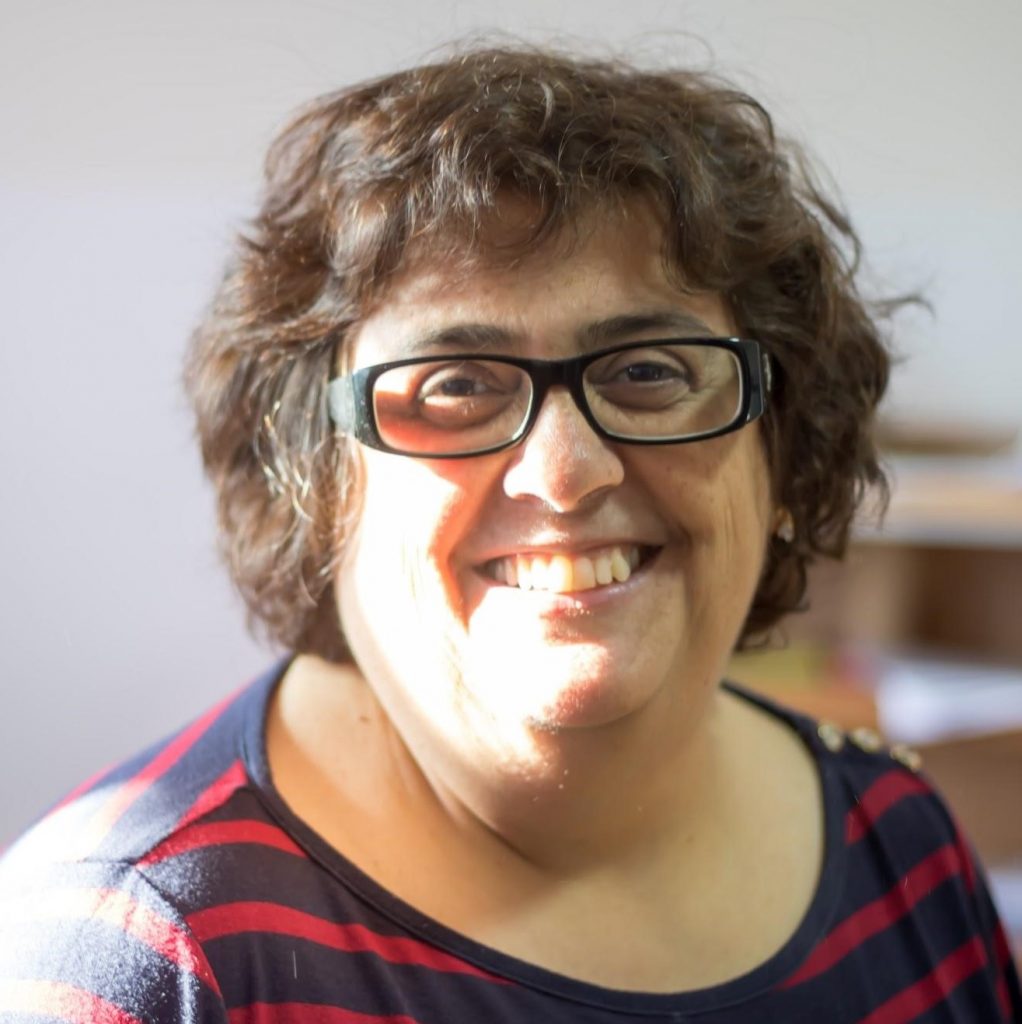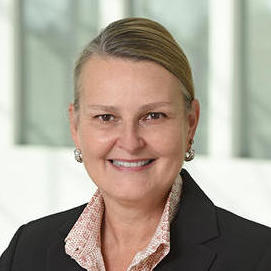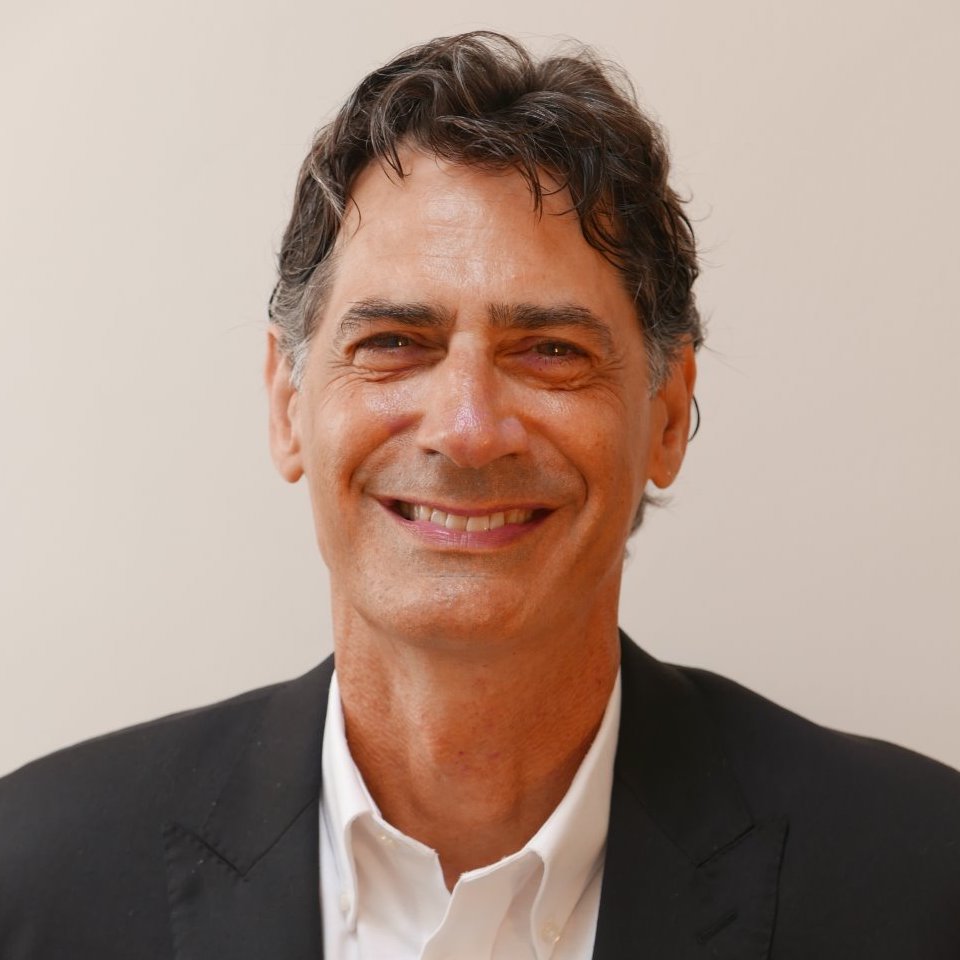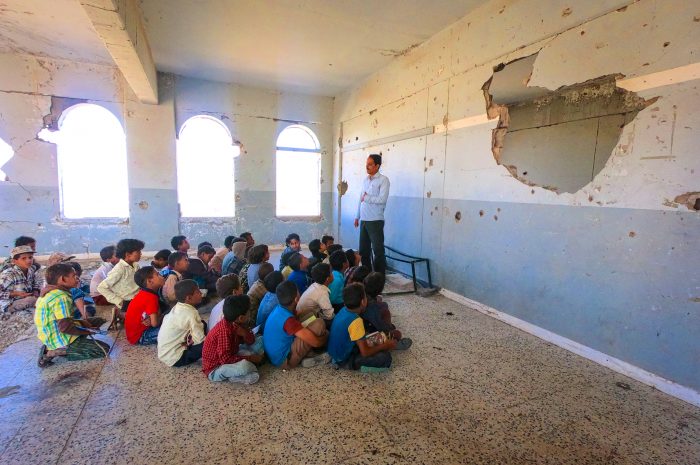On January 27, 2021 the World Refugee & Migration Council (WRMC) hosted an event with the US Institute of Peace (USIP) to explore linkages between refugees, access to education and conflict. Three distinguished panelists — international consultant Marc Sommers, Dr. Sarah Dryden-Peterson of Harvard University’s School of Education, and Suha Tutunji, academic director of Jusoor in Lebanon — discussed refugee education policies and practice, and the implications of limited access to education for refugee youth. US Institute of Peace President and CEO Lise Grande introduced the program. The discussion was moderated by Elizabeth Ferris, WRMC Vice-President of Research and Research Professor at the Institute for the Study of International Migration, Georgetown University.
As mentioned during the event by Dr. Dryden-Peterson, at the peak of the pandemic in 2020 91 percent of schools around the world were closed. With this in mind, it is crucial to note that education is a global public good that is important at the micro level for individuals and families to form lifelong attitudes towards others, while at the macro level education is one of the greatest tools of peacebuilding, leading to global progress and security. Education itself is a central pillar of the WRMC. The Council sees education as an essential human right, but also seeks to use education as a way to transform the world refugee system. On a daily basis, refugee children struggle to find a place of learning, protection, well-being, sustenance, and freedom. This struggle has been compounded by the ongoing COVID-19 pandemic.
Access to Education
The discussion began by looking at how refugee education has typically been organized. Dr. Sarah Dryden-Peterson, of Harvard University’s School of Education, mentioned that prior to 2012 most refugees around the world accessed education in two types of school systems – both of which were separated from local education systems and only temporary fixes. In one, community-led education programs functioned to create opportunities for children. In the other, albeit less common than community-led initiatives, refugees attended education programs set up by global agencies, often in refugee camps or in urban areas where they were accessible to refugee children.

“It’s not fair because the main language of instruction is French or English, and this is a big obstacle for Syrian population”
SUHA TUTUNJI On structural barriers to accessing education for Syrian refugee youth and children in Lebanon
Dr. Dryden-Peterson continued to note that today, on average, persons are displaced between 10-25 years, three times the average time in the early 1990s. Through an understanding that displacement was not ephemeral, a shift took place to create an education system for refugees that reflected this reality. Stemming from a new strategy of the United Nations High Commissioner for Refugees, there has been increasing efforts since 2012 to integrate refugee schooling systems into national education systems and create a more permanent education system for refugee children.
Yet despite efforts to integrate refugee and national education systems, the most common model that has been implemented is a continuation of separate schooling where refugee and local students are separated temporally, learning at different times, and not fully integrating the two systems together. Such a system presents challenges for how to include refugees in local society and the wider community where they are based. For example, Dr. Dryden-Peterson discussed how a teacher in Lebanon is confronted with the challenges of helping his Syrian refugee children integrate into a society where they are still rejected and seen as outsiders.
To address this issue the UNHCR 2030 education strategy is seeking to address not only access to education, but the quality of education, focusing on inclusion and belonging for refugees and young people. In line with the strategy, there is an objective to foster the kind of enabling environments that help refugee children and youth use their education towards sustainable futures and peace. However, as Dr. Dryden-Peterson noted, this is much easier said than done, and there will be an onus on global actors to share responsibility to provide not only the financial power that is needed to reach these education goals, but also to ensure that when the plans are implemented, they are done so in an equitable way that drives forward the need for meaningful inclusion of refugee children and youth.
Next Suha Tutunji, who works with an NGO in Lebanon that focuses on Syrian refugees and education, gave a snapshot into the reality of the situation on the ground in Lebanon. Ms. Tutunji noted that the issue of inclusion is pervasive in the national refugee education plan in Lebanon – which operates on a school system with temporally divided learning times for local and refugees. Approximately 40 percent of the children that are going to public school in Lebanon are Syrian, yet only 250 of the 1,260 public schools in Lebanon are open for Syrian refugees, resulting in under 60 percent of potential Syrian elementary students actually attending school.

“Many of us recognize and truly believe that one of the greatest tools of peacebuilding is universal, progressive education.”
Lise grande On the relationship between access to education and peacebuilding in conflict effected regions
Interlinked with a lack of schools to attend classes, refugees are faced with the problem of access to the schools as many of them are located far from where they live, or the expenses of travelling to attend classes is beyond their financial capacity. Additionally, the school curriculum in Lebanon is in French or English, further alienating many Syrian refugee children and youth from accessing education. As a result, many refugee families do not believe in the education system being provided to them and the problems of societal exclusion increases for refugee children and youth.
Peacebuilding and Conflict
Turning to international consultant Marc Sommers, the discussion moved toward how education is a fundamental element to peacebuilding and the difficulty of illustrating this in schools for refugees. Drawing on the case of South Sudanese refugees in East Africa, Sommers discussed two insights that have come about from his research: the fallout from extremely limited access to schools and programs, and the implication of the stark differences in donor investments in education for refugees who come from the same country.
For South Sudanese refugees in East Africa, 88 percent of youth refugees are in secondary school despite wanting to go to school and pursue education. However, knowing that the opportunities for education don’t exist, many young refugees face the double downside of a lack of inclusion, but also a lack of access. Those without access to education – specifically males – have a disproportionate chance of being caught up in conflict, including gang activity. Without access to education there are little opportunity costs for disenfranchised and excluded youths from engaging in violent, or criminal activity.

“The differences in the quality of education in two neighboring East Africa African countries were dramatic, and the differences between the lives of South Sudanese refugee youth who attended school and those not in school were equally dramatic.”
MARC SOMMERS ON ACCESS TO EDUCATION FOR SOUTH SUDANESE REFUGEE YOUTH AND PROSPECTS FOR SOCIAL MOBILITY
To address this, Mr. Sommers recommended that peacebuilding efforts take a regionally strategic approach and, when designing educational programs for refugee children and youth, strategies should prioritize effective inclusion for refugee children and youths. By focusing on inclusive education, donors and agencies provide avenues for refugee children and youth to enhance their skills. This also gives them an outlet to direct their energies and reason to seek socially productive activities rather than negative ones such as violence in a gang or militia.
Building on this point, the participants discussed during a Q&A session the need to have opportunities for children and youth that finish school. Upon finishing school, if there are not economic opportunities for youth, then they risk entering into the same space as those who never had access to education and are at risk of joining in criminal or violent activities. A lack of prospective economic opportunities upon leaving school also leads to higher drop-out rates of high school students. Therefore, it is important to address education opportunities in the short and long term, but also necessary for organizations and institutions to work with local countries to crease opportunities for refugees upon leaving the education system. Further, as young men and women face different challenges when participating in the education system as well as when they graduate, long-term planning needs to take into account a gendered analysis of the needs for both young men and women during and post-education to ensure that there is a platform for all to build from and succeed.

One thought on “Event report: Refugees, Education and Conflict”
Comments are closed.